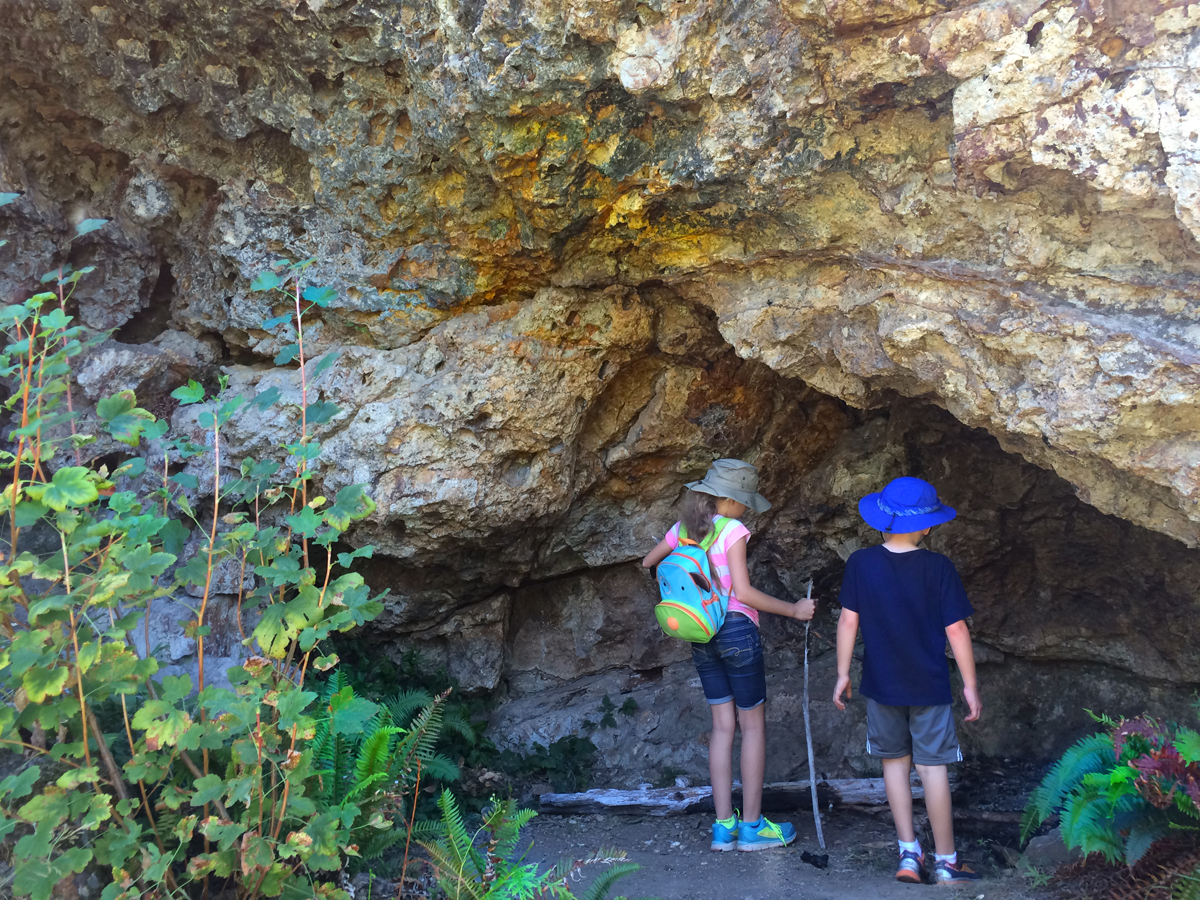
Taking kids on unique vacations is one of the best ways to build lifelong memories with them. Backpacking can be one such adventure. It has everything you need to reconnect without all the electronic noise that surrounds you daily. Backpacking can show children the natural world in ways they have never seen. They can see animals, insects, and foliage that may otherwise be available only in pictures. They can also learn about their bodies and all the ways that they can be healthy without a rigid routine. It takes great physical health to climb some trails and balance and flexibility in other parts of trails. Let’s take a look at a few things that you must consider and prepare when backpacking with kids in Oregon.
Realistic Physical Abilities
Two-year-old children are not typically going to be able to handle a black diamond trail. Likewise, even experienced child hikers may not be able to carry much for the trip. Hiking a day hike and carrying equipment for camping are not the same thing. Be sure to take your child’s physical ability and stamina into consideration. Here are some tips for handling new hikers.
Stick to Day Hikes
In the beginning, hiking for the day with a few rest breaks for snacks or light meals might be fine. However, you don’t want to overexert your children by being gone from sunup to sundown. Take a few shorter hikes. You might even tackle a few in one day. Take a short hike and return for lunch. After a break, take a different trail and return for dinner. Kids have high energy levels, but that doesn’t mean they can handle hiking all day.
Car Camping
If you want to camp overnight, consider car camping or hiking from a campground’s trails. You can pack all of your overnight gear in the car or set up camp at a local campground. Many state parks have onsite or local camping available. Most state parks have picturesque hiking trails available for nearly every skill level.
Practice Runs
Practice hiking or carrying equipment at your local park. Many of them have paved or gravel walking trails, and your kids can practice carrying equipment. Of course, this will not replace the activities on a more strenuous trail, but it can certainly help your child build stamina and strength.
Plan for Emergencies
Planning for emergencies isn’t fun. We don’t want to think of someone getting hurt or needing emergency services, but with children, accidents happen. Be sure that your first aid kit is up-to-date and that your cell service won’t be disrupted. As your children grow and become better hikers, you will be able to venture beyond the digital connection, but in the beginning, you will want to stay closer to civilization. Likewise, be sure that a friend or family member who isn’t with you knows your planned hiking paths and camping reservations. If you are camping off the grid, make sure that someone knows your approximate planned stop.
Quality Gear Matters
The higher the quality of the gear, the less likely you will have issues with broken or unusable gear during your hike. We know that kids grow at lightning speed, so it can feel silly to buy them anything they might grow out of quickly. In this case, check consignment stores or resellers, but be sure to check for worn or compromised equipment. Used doesn’t have to mean low quality, but you often get what you pay for, so be sure that it really is a good deal.
Make a Game of It
Play games with your kids like “I Spy” or go on scavenger hunts. See who can count the most fallen trees, birds, insects, or something else. Your kids will get bored quickly if you are just hiking the trails. If your children are older, have them take pictures of the items in their scavenger hunt. If they are teens, you could even have a contest. Websites like Shutterstock and Getty Images have contributor accounts. Sign up for a family account and have each person choose their top five photos from the trip. Upload them and see if any get chosen. The person with the most chosen could win a prize. Be sure that everyone is using comparable equipment, though. Not only could the trip be fun and memorable, but you might even make a few bucks for dinner out sometime.
Take Plenty of Food and Water
Snacks and water are essential for small hikers. They use up their stores quickly, and a hungry or thirsty kid is also a cranky kid. Be sure you have light snacks that pack a punch, like peanut butter crackers or electrolyte-enhanced waters. You don’t need to carry a lot with you, but you need to maximize its usefulness as often as possible. You don’t want to carry a dehydrated child back from the end of a trail.
Hike Near Water
If it’s particularly hot when you go hiking, find some trails near lakes or streams. Make sure that swimming is not off-limits, and let your child cool down this way. Cooling off will sometimes rejuvenate a tired/ cranky kid.
Final Thoughts
Safety should always be your number one concern. Ensuring that you don’t tackle a trail that is too difficult for your children will minimize safety concerns. However, first aid, food, water, and emergency supplies are all essential to any hiking trip with kids. Don’t be afraid to push them to achieve more, but don’t overestimate everyone’s abilities. Your kids will be proud that they accomplished new goals, even if they are just beyond old ones. Get out there and have a great trip.
